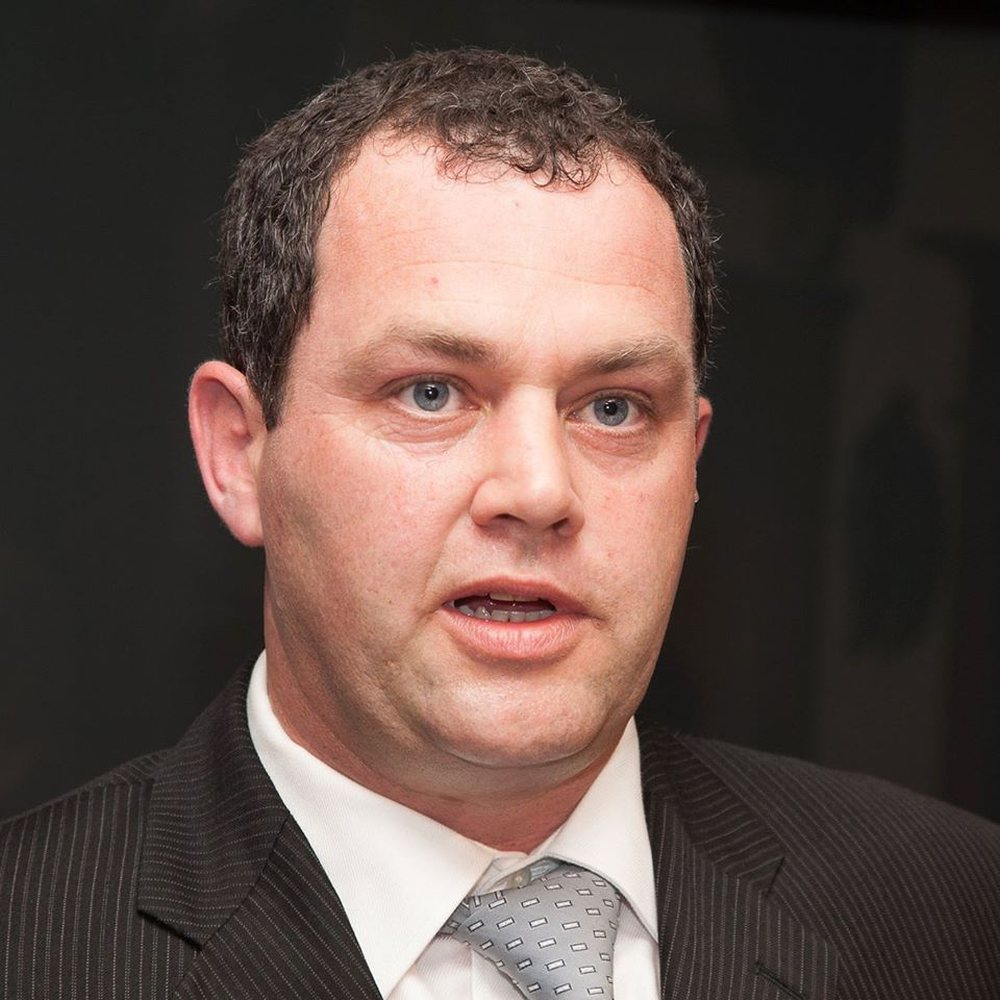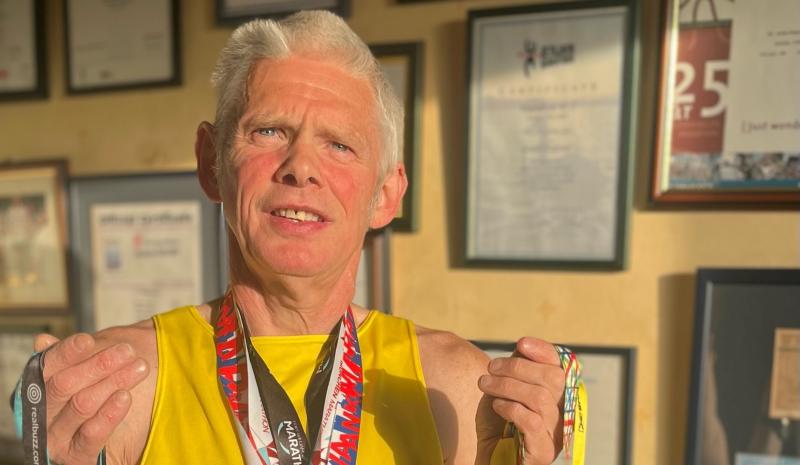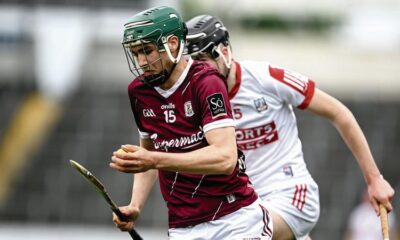News
Connemara road plan still hits dead end

Another attempt is to be made to resolve the impasse regarding a suitable route for the proposed new road from Barna to Screebe in South Connemara.
A route edging into the mountain north of the Furbo, Spiddal and Cois Fharraige area is generally favoured by Councillors and the community – but this has hit a brick wall because of land conservation designations.
The Conamara Municipal District County Councillors were told this week that consultants would be back on the ground in the second quarter of 2017 in another attempt to find a way forward.
It is estimated that over €2m may already have been spent on investigative, preparatory and planning issues regarding the proposed new arterial road in south Connemara – the R336.
However, despite eight possible routes being selected, there is no consensus on the best option.
The hold-up also means that local people cannot get planning permission for homes along a large part of the coastline; the lands set aside for the eight possible routes are effectively “frozen” from any other development, at the moment.
Conamara Municipal Authority Chairman, Councillor Noel Thomas asked for clarification as to what authority the Conamara Councillors have in relation to the proposed new road.
Senior engineer, Damian Mitchell, pointed out that the councillors have a central role in the process – in that they would ultimately be voting on the project.
This prompted Councillor Thomas to ask if the Connemara group of Councillors could then vote, at their next meeting, to remove some of the routes already proposed from the maps and free up lands that are “frozen”.
Mr Mitchell addressed that question by pointing out that the consultants had further work to do next year and that a wide range of issues had to be addressed.
He said that the consultants had the knowledge and expertise to assess such issues and that the Councillors would be advised about their conclusions. Mr Mitchell said than an amalgam of some of the routes already on the map may be an outcome in the end.
Councillor Thomas did not say whether or not the proposal to vote on the removal of some of the routes would be pursued, in the interim; however, he did say that it was clear that some of the proposed routes could never be used.
Councillor Joe Folan said that the councillors and the community should have an involvement with the consultants in working out a route for the proposed road. He said it made sense that local knowledge would be used and that the Councillor would be involved since they would be voting on the issue in the end.
Councillor Eileen Mannion said there was extensive consultation during the initial period of the consultants work over the past few years as regards the south Connemara route “and not much came out of that”.
Councillor Tom Curran put the blame for the road impasse on the “blanket designation of SACs that have been put on Connemara lands”.
Councillor Curran said there was ample space in the mountain land to the north of the present road but that it was being ruled out because of Special Areas of Conservation.
He added that he would resign from the County Council before he would vote for knocking down houses when there is another route available for the new road.
Councillor Thomas Healy suggested that an IROPI application would be in order for the South Connemara road but that support would be needed from the Dublin Government.
An IROPI process can set aside designation in the case that there is overriding economic and social reasons that infrastructural developments are needed.
Connacht Tribune
West has lower cancer survival rates than rest

Significant state investment is required to address ‘shocking’ inequalities that leave cancer patients in the West at greater risk of succumbing to the disease.
A meeting of Regional Health Forum West heard that survival rates for breast, lung and colorectal cancers than the national average, and with the most deprived quintile of the population, the West’s residents faced poorer outcomes from a cancer diagnosis.
For breast cancer patients, the five-year survival rate was 80% in the West versus 85% nationally; for lung cancer patients it was 16.7% in the west against a 19.5% national survival rate; and in the West’s colorectal cancer patients, there was a 62.6% survival rate where the national average was 63.1%.
These startling statistics were provided in answer to a question from Ballinasloe-based Cllr Evelyn Parsons (Ind) who said it was yet another reminder that cancer treatment infrastructure in the West was in dire need of improvement.
“The situation is pretty stark. In the Western Regional Health Forum area, we have the highest incidence of deprivation and the highest health inequalities because of that – we have the highest incidences of cancer nationally because of that,” said Cllr Parsons, who is also a general practitioner.
In details provided by CEO of Saolta Health Care Group, which operates Galway’s hospitals, it was stated that a number of factors were impacting on patient outcomes.
Get the full story in this week’s Connacht Tribune, on sale in shops now, or you can download the digital edition from www.connachttribune.ie. You can also download our Connacht Tribune App from Apple’s App Store or get the Android Version from Google Play.
Connacht Tribune
Marathon Man plans to call a halt – but not before he hits 160 races

On the eve of completing his 150th marathon, an odyssey that has taken him across 53 countries, Loughrea’s Marathon Man has announced that he is planning to hang up his running shoes.
But not before Jarlath Fitzgerald completes another ten races, making it 160 marathons on the occasion of his 60th birthday.
“I want to draw the line in 2026. I turn 57 in October and when I reach 60 it’s the finishing line. The longer races are taking it out of me. I did 20 miles there two weeks ago and didn’t feel good. It’s getting harder,” he reveals.
“I’ve arthritis in both hips and there’s wear and tear in the knees.”
We speak as he is about to head out for a run before his shift in Supervalu Loughrea. Despite his physical complaints, he still clocks up 30 miles every second week and generally runs four days a week.
Jarlath receives injections to his left hip to keep the pain at bay while running on the road.
To give his joints a break, during the winter he runs cross country and often does a five-mile trek around Kylebrack Wood.
He is planning on running his 150th marathon in Cork on June 4, where a group of 20 made up of work colleagues, friends and running mates from Loughrea Athletics Club will join him.
Some are doing the 10k, others are doing the half marathon, but all will be there on the finishing line to cheer him on in the phenomenal achievement.
Get the full story in this week’s Connacht Tribune, on sale in shops now, or you can download the digital edition from www.connachttribune.ie. You can also download our Connacht Tribune App from Apple’s App Store or get the Android Version from Google Play.
CITY TRIBUNE
Galway ‘masterplan’ needed to tackle housing and transport crises

From the Galway City Tribune – An impassioned plea for a ‘masterplan’ that would guide Galway City into the future has been made in the Dáil. Galway West TD Catherine Connolly stated this week that there needed to be an all-inclusive approach with “vision and leadership” in order to build a sustainable city.
Deputy Connolly spoke at length at the crisis surrounding traffic and housing in Galway city and said that not all of the blame could be laid at the door of the local authority.
She said that her preference would be the provision of light rail as the main form of public transport, but that this would have to be driven by the government.
“I sat on the local council for 17 years and despaired at all of the solutions going down one road, metaphorically and literally. In 2005 we put Park & Ride into the development plan, but that has not been rolled out. A 2016 transport strategy was outdated at the time and still has not been updated.
“Due to the housing crisis in the city, a task force was set up in 2019. Not a single report or analysis has been published on the cause of the crisis,” added Deputy Connolly.
She then referred to a report from the Land Development Agency (LDA) that identified lands suitable for the provision of housing. But she said that two-thirds of these had significant problems and a large portion was in Merlin Park University Hospital which, she said, would never have housing built on it.
In response, Minister Simon Harris spoke of the continuing job investment in the city and also in higher education, which is his portfolio.
But turning his attention to traffic congestion, he accepted that there were “real issues” when it came to transport, mobility and accessibility around Galway.
“We share the view that we need a Park & Ride facility and I understand there are also Bus Connects plans.
“I also suggest that the City Council reflect on her comments. I am proud to be in a Government that is providing unparalleled levels of investment to local authorities and unparalleled opportunities for local authorities to draw down,” he said.
Then Minister Harris referred to the controversial Galway City Outer Ring Road which he said was “struck down by An Bord Pleanála”, despite a lot of energy having been put into that project.
However, Deputy Connolly picked up on this and pointed out that An Bord Pleanála did not say ‘No’ to the ring road.
“The High Court said ‘No’ to the ring road because An Bord Pleanála acknowledged it failed utterly to consider climate change and our climate change obligations.
“That tells us something about An Bord Pleanála and the management that submitted such a plan.”
In the end, Minister Harris agreed that there needed to be a masterplan for Galway City.
“I suggest it is for the local authority to come up with a vision and then work with the Government to try to fund and implement that.”












